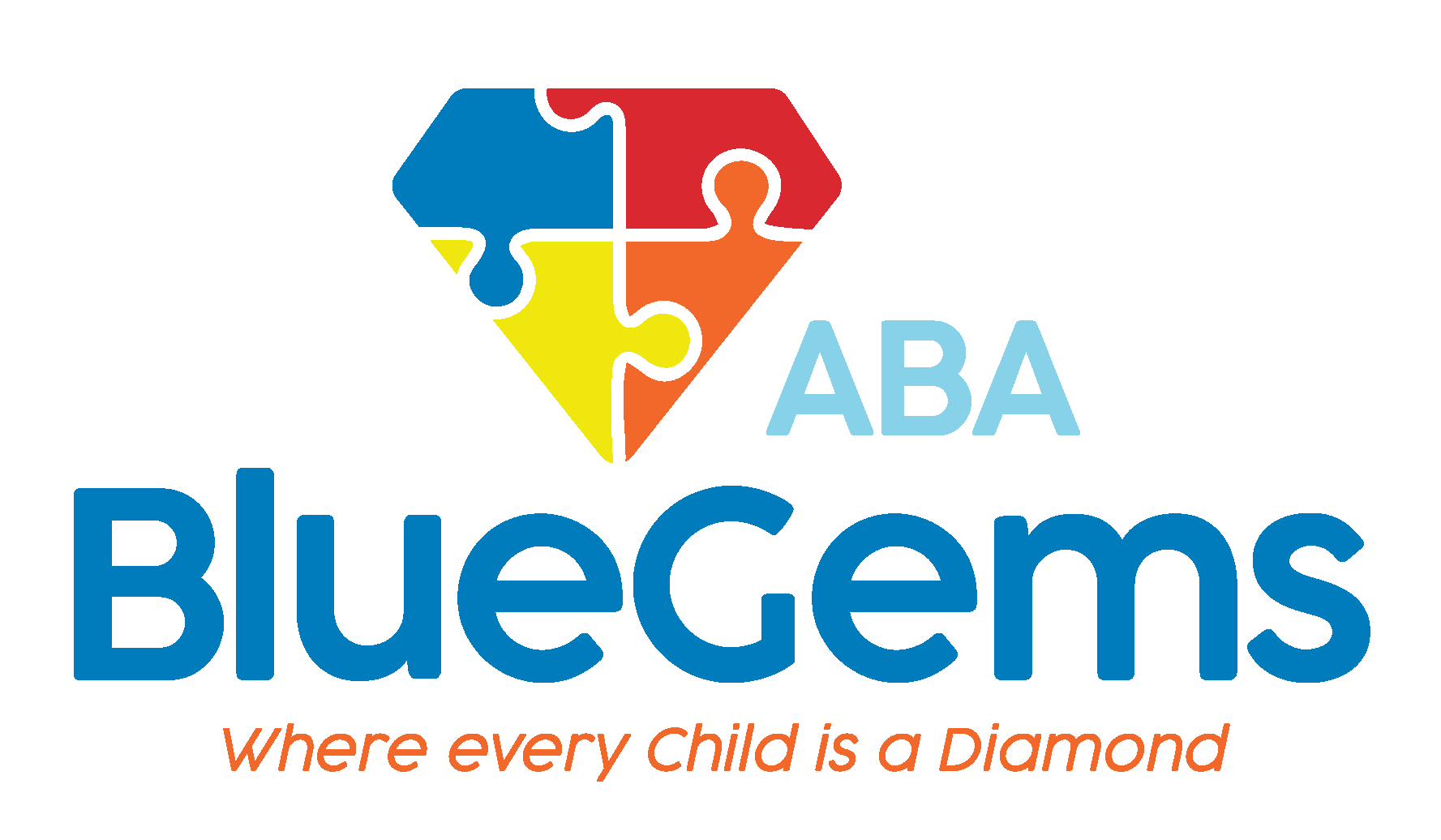How to Handle Disagreements About ABA Goals Between Parents
Parental buy-in and involvement is crucial to the success of applied behavior analysis. That’s because parents aren’t just meant to be observers of ABA therapy for their child with autism spectrum disorder (ASD); they are meant to be active participants.
When parents are on the same page as their child’s therapy team, it helps to encourage empathy and understanding for their child and what they’re going through, which can lead to better communication, explanation and setting up expectations with others.
It also enables parents to reinforce ABA therapy strategies at home and in other environments, which helps children generalize the skills and behaviors they learn during therapy sessions.
At times, though, parents may disagree about their child’s ABA therapy goals, either individually or together. In this article, we’ll discuss how to handle disagreements about ABA therapy goals between parents.
Table Of Contents
Communicate Clearly
Effective communication is key to getting everybody on the same page with ABA therapy. Not only does it ensure that parents understand their child’s needs better, but it also helps them understand their child’s specific treatment plan.
By clearly communicating every aspect of ABA therapy — from the start and at every step of the way — therapists can set realistic expectations and ensure that parents are knowledgeable about how the therapy works.

Establishing effective communication channels is essential for all aspects of the ABA therapy plan. It helps to create trust and mutual respect, and can lead to better conflict resolution if parents disagree with their child’s initial ABA therapy goals or how their goals are adapted and changed over time as progress is made.
Back Up Points with Data and Success Stories
As a scientific approach to treatment, ABA therapy can be quite technical at times, at least in terms of the principles that it’s based on. So much of the treatment plan is based upon evidence and data — from both long-standing studies and actual real-world data for children that’s collected during sessions and analyzed after.
While this creates a process where decisions are made based on well-informed insights, it can also be confusing to parents, who typically don’t have direct experience and schooling with ABA therapy.
Still, therapists can cite the data to show why certain ABA therapy goals are set and why they are the ones most likely to succeed. It’s also important to connect the data to the parents’ child, since that personalizes the experience and makes it less general.
Sharing success stories can also help foster understanding and resolve disputes or disagreements about ABA therapy goals between parents.
Embrace Their Viewpoints
Even though parents don’t have the same professional experience as ABA therapy teams, their input, viewpoints and feedback are still very valuable — and it’s important that therapy teams treat it this way.
Parental input and feedback should be embraced, especially during times of disagreement on ABA therapy goals. While therapy teams have the experience and data, parents have the direct experience with their child and have insight that others simply don’t have.
As such, it’s important for therapy teams to set up a welcoming and safe environment for parents, too, where they feel comfortable giving feedback and sharing input. This will help to foster a collaborative therapy approach and aid in potential disagreements about ABA goals between parents.
Involve the Whole Team
Any time there’s a disagreement between parents about any aspect of ABA therapy, it’s best to involve the whole team. This is especially true if the conflict and disagreement can’t be resolved through discussions with the parents and their child’s therapist.
While each child of ABA therapy will likely have one individual or a small group of individuals who administer the therapy — oftentimes a Registered Behavior Technician (RBT) — there are also experts and supervisors who are intricately involved in the back-end, helping to craft treatment plans, analyze the data that’s collected and set up goals.
These Board Certified Behavior Analysts (BCBAs) may not interact with the parents and child on a day-to-day basis, but they should be familiar with your child’s treatment and their progress in it.
Should parents disagree about ABA therapy goals, it’s important to bring the whole team into the discussion. This can engender confidence among the parents, and bring new faces, voices and perspectives to the conversation.
In the end, this can often lead to more effective resolution of disagreements.
Blue Gems ABA Values Parental Involvement in ABA Therapy
Parental involvement is crucial to the success of ABA therapy for children with ASD. At times, parents may disagree about ABA therapy goals, but therapists and therapy teams can help resolve these disputes with some of the strategies above.
At Blue Gems ABA, we value parental involvement in ABA therapy for every child with autism we serve. Establishing clear communication channels and a safe and welcoming environment for parents and children only helps to make the therapy more effective in the long run.
To learn more, please contact us today.




